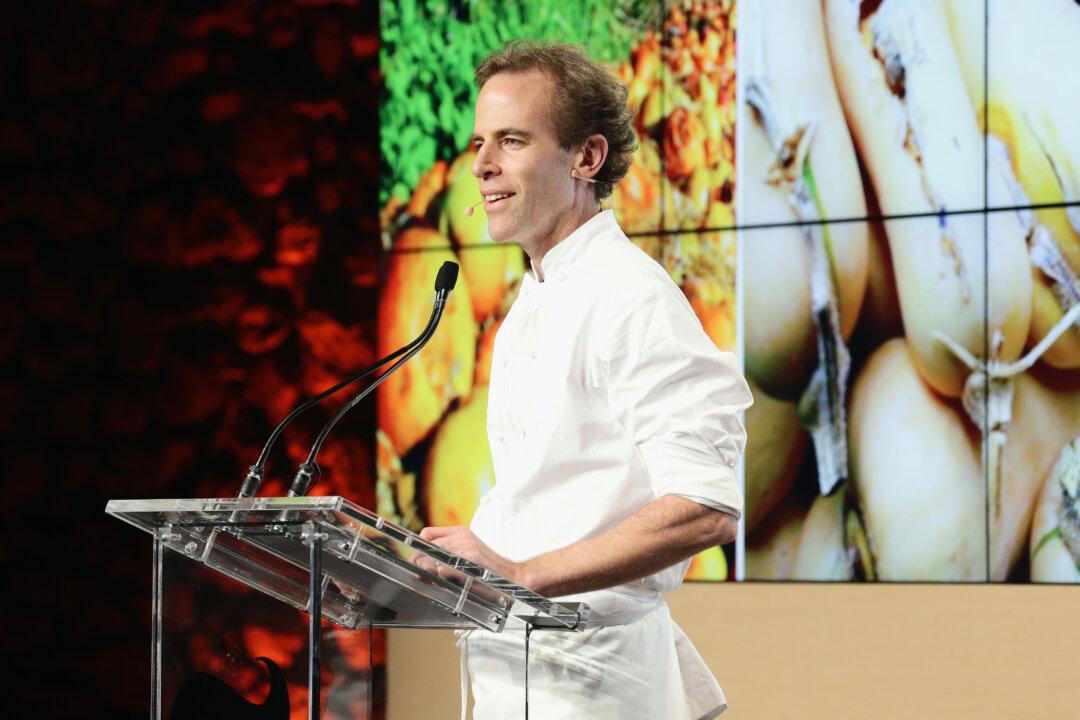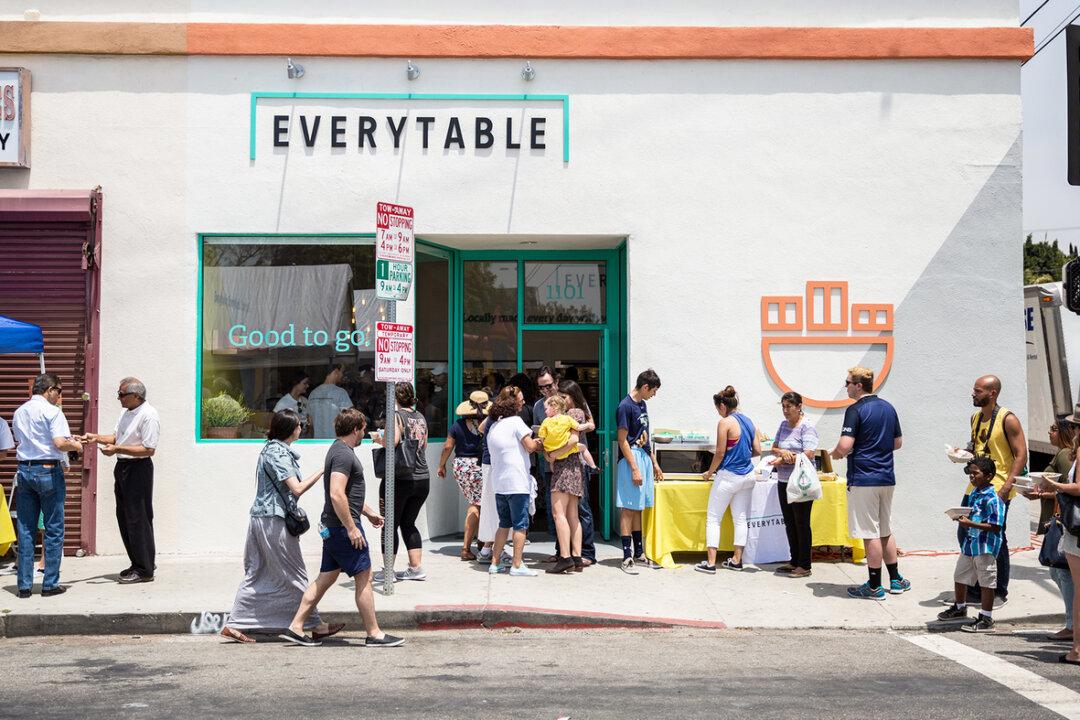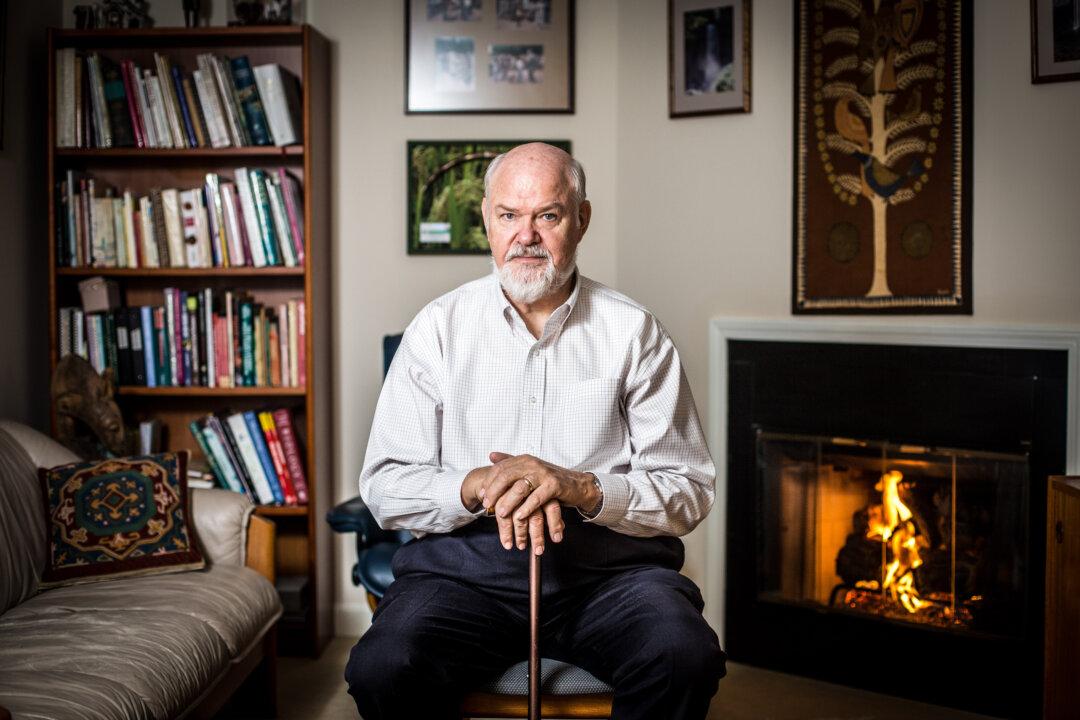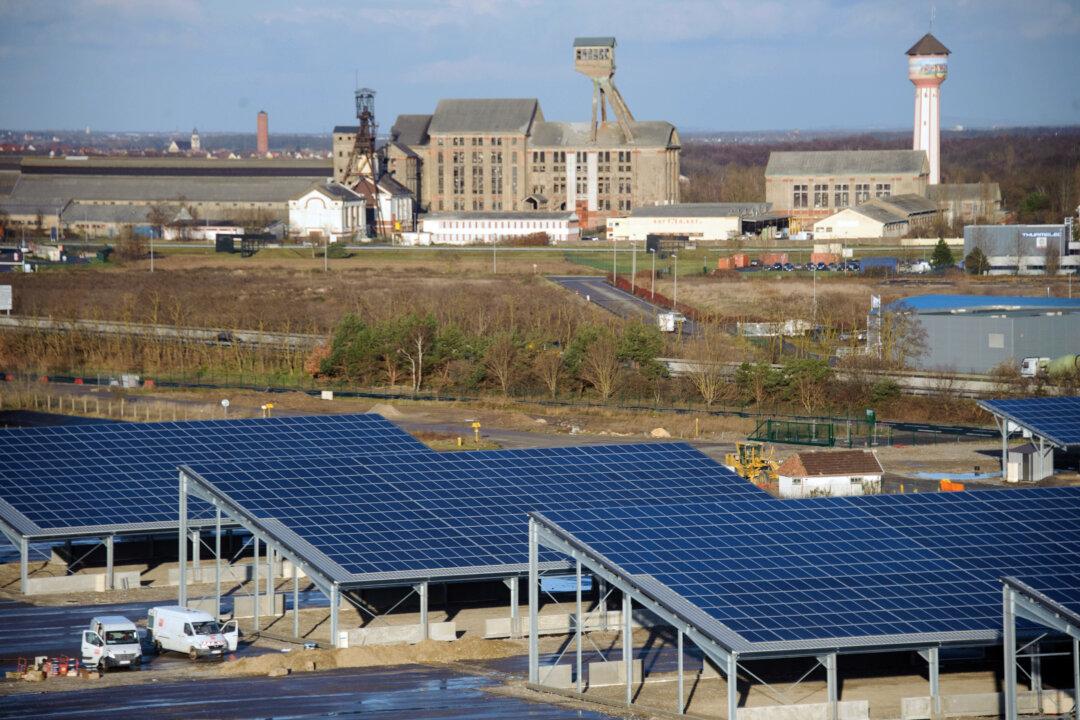It is a travesty that we live with every day, and it’s one of our own making. We’ve been engaged in it in earnest for the last 50 years. Thankfully, we are now becoming more aware of the problem.
The average American family ends up throwing away 25 percent of the food they purchased at grocery stores, restaurants, or farmers markets.
When we take into account the entire food chain—the farmers, processors, distributors, grocers, and institutional users—the amount we waste is more like 40 percent, with an associated yearly economic loss of $161 billion, according to the Environmental Protection Agency (EPA).
There are plenty of factors that conspired against us to create this culture of waste.
For one, the marvel that is our modern, highly processed food industry has brought down the cost of food to just 6 percent of the average family’s household expenditure, according to data collected by the Bill and Melinda Gates Foundation. This is less than in any other country. In France, that number is 14 percent, in Brazil it’s 25 percent, and in India 35 percent.
This doesn’t give anyone much incentive to care about using up leftovers, or finding ways to use those shriveled carrots and that wilted Swiss chard languishing in the crisper. Just buy more.





